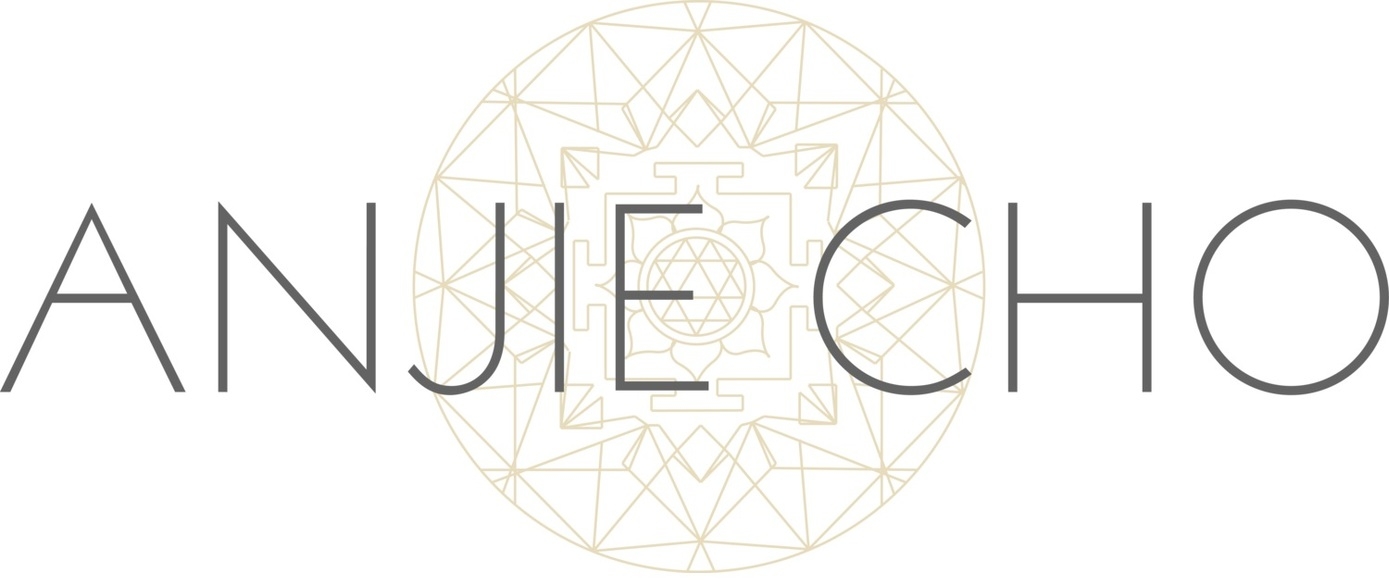I'm so excited to speak with Jill Hoffman, a Brooklyn-based Health and Lifestyle Coach, about the autumn equinox and how it affects each of us. Check out our chat below, where Jill and I talk shifting from summer to fall and three easy ways to handle the change with grace and holistic style!
AC: As today is the fall equinox, how does the shift from summer to fall affect our bodies?
JH: During the summer months, most of us experience an accumulation of heat in the body that will turn into dryness in the fall. If we don’t work to balance out this dryness, during winter our sinuses will become irritated and can become a breeding ground for a viral or bacterial infection. Autumn is also the season to retreat. It's your time to savor the abundance of what you've harvested in the spring and summer months and to focus on the health of two of your major organs of elimination ~ the skin and the colon. Just as the leaves start to shed from the trees and reveal their inner core, the fall season beckons us to turn inward and let go of waste. It is a cleansing period and a time of transition for the earth and our bodies.
What are three lifestyle tips to help support this shift from summer to fall?
1. Transition to eating foods that are in season. Fall offers a bounty of grounding and nourishing fruits and vegetables that are important to balance out the dryness that naturally occurs in our body. These might include root vegetables such as sweet potatoes, beets and turnips. Eating 2-4 apples a day provides good fiber for colon health and malic acid to support your skin. Trade up your raw salads for more cooked, warming foods to help you prepare for the winter months.
2. Increase sleep. It is natural for our bodies to slow down this time of year. As our rhythm starts to bring us more inward, our need for sleep increases. Unfortunately, as our schedules tend to get busier as we move towards the winter holidays, we often ignore this craving. Now, more than ever, it’s important to be sleeping by 10pm. This is so we can stay in tune with our circadian rhythm and support detoxification. If you have a hard time winding down, dim the lights in your home after sunset and avoid using any devices after 8pm. Create a “wind-down” routine that starts at 9pm which might include yoga, meditation, warm bath or anything that makes you feel warm, cozy and nourished.
3. Dry brush your skin. Your skin is your largest organ of detoxification and is also our “face” to the world - we want it to look good! Right underneath your skin is your lymphatic system, which is essentially the garbage disposal system of your body. Waste and toxins are transported through this system so that they can be expelled through the detox organs. However, it is common for the system to get sluggish this time of year. By using a dry brush every morning, you are essentially giving your skin a “workout." It stimulates your lymphatic system and ushers the waste out of your body, thus improving the appearance and complexion of your skin. Also, using a dry skin brush will naturally boost your energy - just like regular exercise!
How have you created your own holistic space?
I love learning about energy and so the concept of Feng Shui has really resonated with me. I am currently in the process of fixing up my home office space. I have been studying the Bagua Map and am trying to apply the concepts to this space as well as my entire home. The first step was to make sure that my desk, stove and bed are in the command position. It makes so much sense how not being in command of your space can create chronic stress in the body. Reducing stress is something I am really passionate about in my work with clients, and I’m so grateful have this new tool to experiment with and to share with my community.
Jill A. Hoffman is a Health + Lifestyle Coach and has been working with clients since 2013. She specializes in teaching busy women how to be fully nourished so that they can experience radiant joy. Jill received her training from the Institute for Integrative Nutrition’s cutting edge health coaching program. She is a board certified Holistic Health Coach and a member of the AADP (American Association of Drugless Practioners). Jill is currently working on certifications in transformational coaching and thyroid health coaching and is the founder of the Healthy Thyroid Movement. Jill lives in Brooklyn, New York with her husband, Chris, and 7-year old rescue pup, Toby. You can learn more about Jill and her work by visiting cravehealthwithjill.com.





